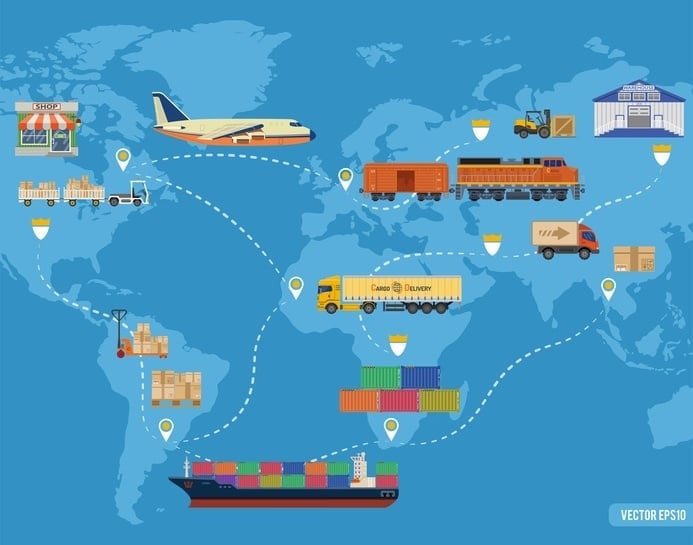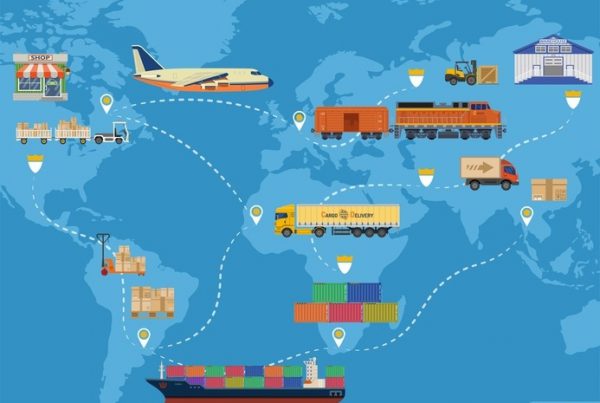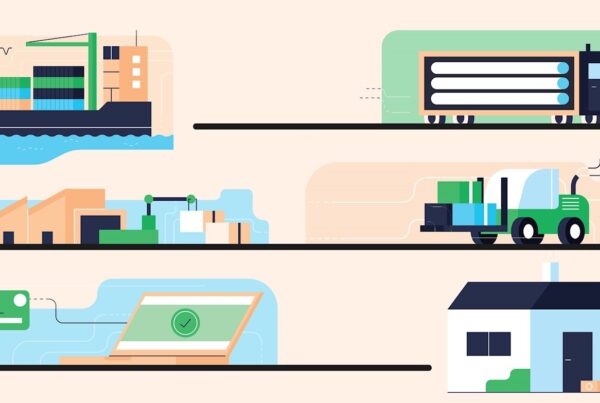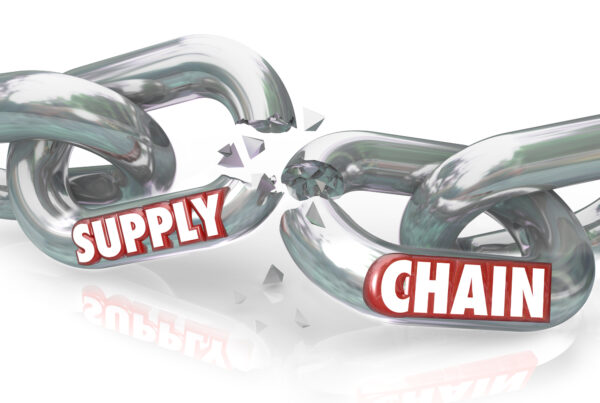You’ve probably seen the “before and after” patient photos in advertisements for nutrition supplements, health clubs or plastic surgeons. So let’s consider my last post on the five obstacles to achieving supply chain synchronization – the “Before.” Now let’s take a look at the “After.”
As supply chains grow more complex and expand worldwide, it’s more challenging to prevent fragmentation, even for the world’s largest companies. That is understandable – with participants scattered across different time zones, running a variety of IT systems, pursuing their objectives, and having little or no connectivity with each other. This fragmentation subsequently results in poor communication, lack of planning and continual deviation from the original plan.
If It Can Happen To Samsung…
It’s a lesson Samsung learned the hard and very public way earlier this year when it had to implement a worldwide recall of its Note 7 smartphones. After recalling millions of devices due to defective batteries getting identified as a fire risk, Samsung supplied customers with new units featuring a battery sourced from a different supplier. However, when those started catching fire too, Samsung was forced to halt production entirely.

Forrester analyst Frank Gillett told The Wall Street Journal that, “A design flaw should have been caught during review and testing, and this is much harder to do at a global scale with multiple suppliers and factories for the same part.” The Journal reporter added that the case demonstrates how difficult it is to maintain effective supply chain oversight, and “raises questions about the ability of today’s technology and management tools to help companies maintain quality control in giant complex networks of suppliers.”
An Avalanche Of Problems
If it can happen to one of the world’s largest and most technologically advanced company’s supply chain, it can happen to yours too. You’ll struggle to keep lead times from stretching, increasing inventory levels, warehouses reaching capacity levels as obsolete stock piles up, and worst of all, frustrated customers who have to wait longer than they expect for products to reach market.
Achieving Synchronization
So what’s the solution? You need to connect every link in the supply chain so creating an ecosystem of synchronization across all participants, fostering collaboration to nurture an obsession with perfect order fulfillment. The best way to get started is to establish a supply chain visibility system that gives you an end-to-end, real time view.

That’s possible thanks to an important shift in technology where cloud based systems and big data are tools that can enable businesses to become agile, without overwhelming financial restraint. Put the system in place and follow five key steps to achieving synchronization.




